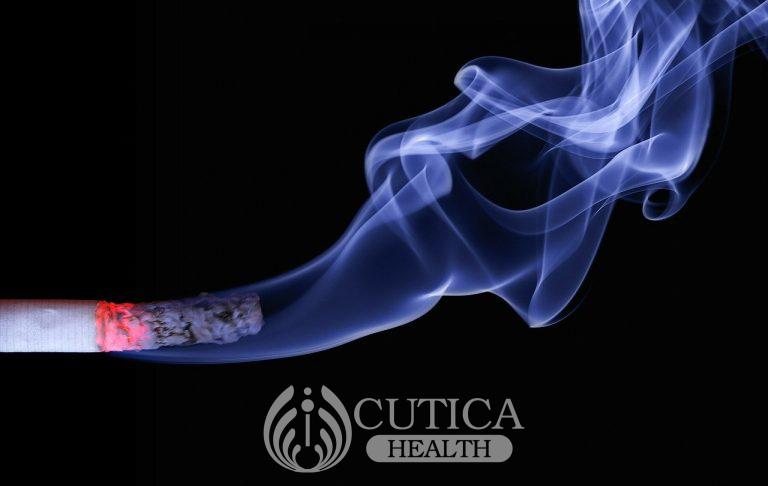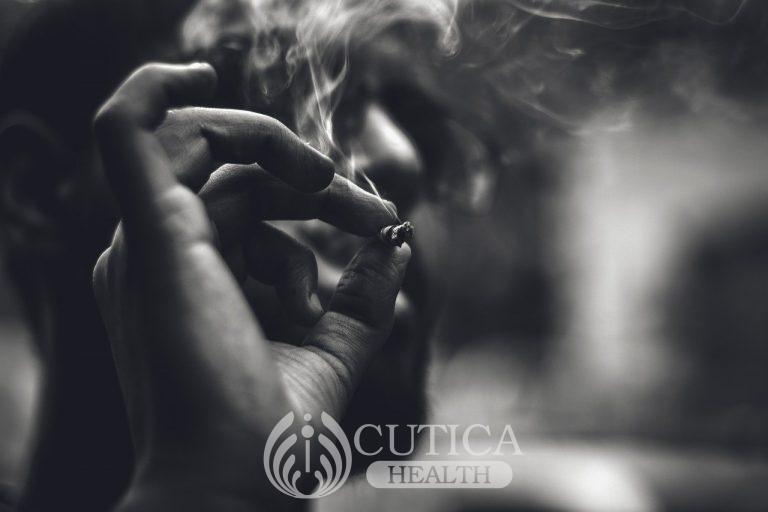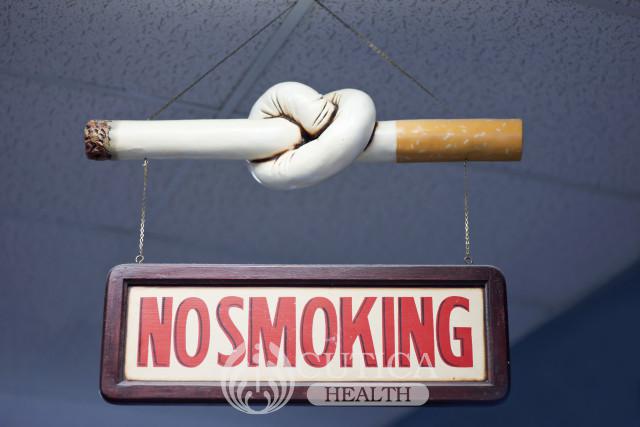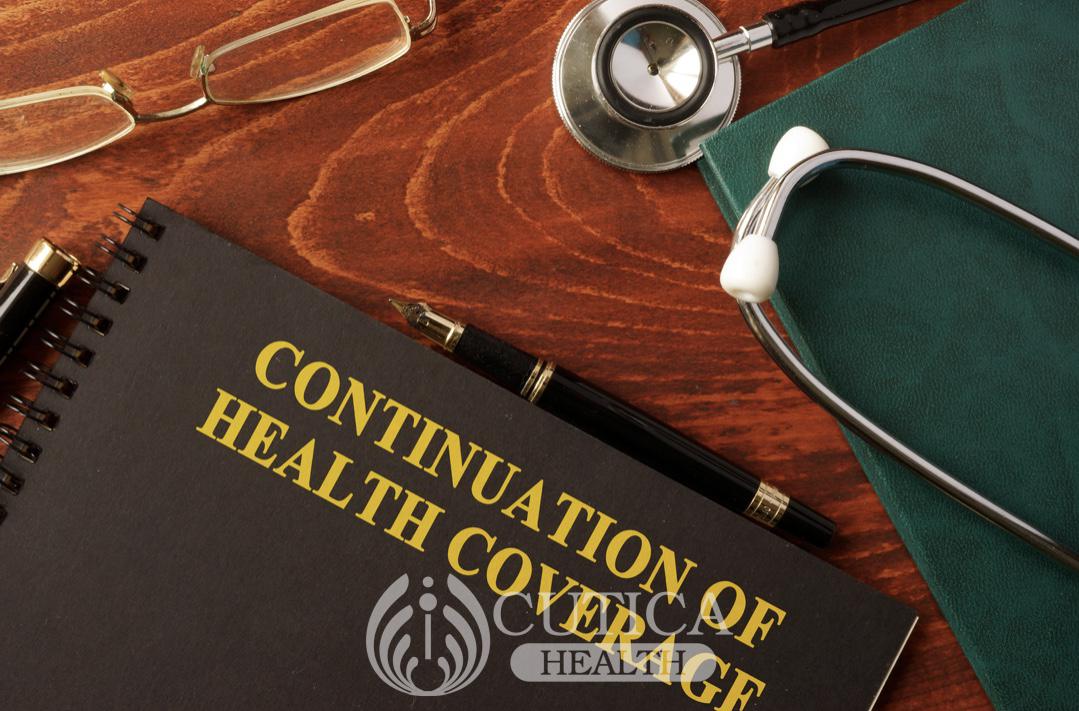
Kofi’s mother is concerned that her son may not survive his next asthma attack.
“My son is barely three years old, but he has what seems like a lifetime of painful asthma experiences”, she explains to a paediatrician after the boy’s most recent illness. She goes on to describe the anguish she feels whenever she watches him struggling to breathe during the really bad episodes. Being a mother herself, the doctor understands how difficult it must be to raise Kofi in an unhealthy home environment. Kofi’s mother is quietly frustrated about her inability to convince Kofi’s cigarettesmoking father to stop smoking around him.


Kofi’s father likes to smoke cigarettes, and sees nothing wrong with doing so within the house. He has accompanied his family to clinic, for the first time, to confirm his suspicion that the peadiatrician is at fault and not treating Kofi’s asthma properly. However, after learning from the paediatrician that Kofi’s condition is actually due to secondary smoking, he resolved never to smoke again in the house or anywhere around Kofi. Kofi’s future is now brighter than ever before.
Like Kofi, many individuals are victims of a form of smoking known as secondary smoking. It is also termed passive smoking because it is done without the intention of inhaling smoke, unlike the smoking done by an actual smoker. Secondary smoking results from exposure of non-smoking individuals to smoke from the environment. This smoke is called secondhand smoke. It is a mixture of two smokes: smoke from the burning products (sidestream smoke), and smoke exhaled from the actual smoker (mainstream smoke).


There are health risks (heart-related diseases, lung cancer, respiratory diseases) tied to secondary smoking. Inhaling secondary smoke is a way for dangerous chemicals to enter the body and cause harm. Many people are unaware that secondhand smoke contains nearly as much toxic chemicals as burning tobacco; some wrongly believe that the dangers of cigarette smoking concern only the smoker.
Here are some facts you need to know in order to stay safe from secondary smoking:
- Active smoking by someone behind closed doors does not completely safeguard you from secondary smoking because such smoke can pass through very small openings.
- There is no safe level of exposure to secondhand smoke; any exposure can be harmful. It is best that cigarette smoking is done outdoors and at least 9 metres away (about the length of two average cars parked bumper-to-bumper) from a non-smoker.
- Adults are vulnerable to health risks from secondary smoking, but children are more so. Younger children may develop severe respiratory illnesses or allergies from such exposures; some may experience worsening of existing conditions like asthma.
- Pregnant women are advised not to smoke cigarettes. It is also advisable they avoid secondhand smoke as it poses similar dangers to babies in the womb.
- Sidestream smoke contains about 7000 chemicals, 70 of which can cause cancer.


Final word: Avoid secondary smoking as much as possible. By taking precaution, you can protect yourself or your loved ones from the dangers.












